10. I am a hero (Shinsuke Sato, 2015)
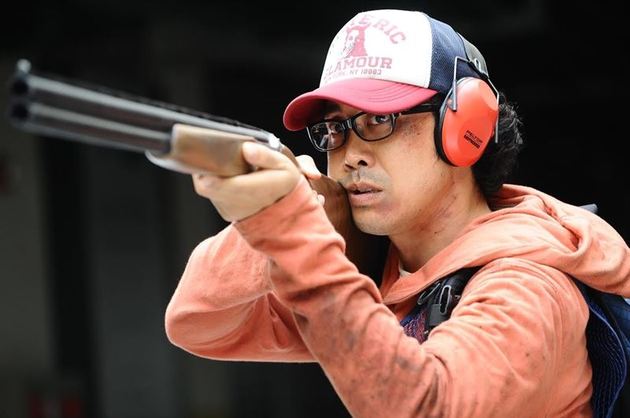
The film is based on the homonymous manga series by Kengo Hanazawa.
Hideo is an assistant manga artist whose life is largely disappointing. His job is pays very little but takes up too much of his time, leaving him unable to tend to his girlfriend or even make his own manga. However, just when his frustration is about to go over the top, a virus hits the country that turns everyone infected into homicidal beasts.
Shinsuke Sato stayed close to the original medium, although some of the extreme supernatural aspects were left out. The film lingers between comedy and action, with both of these aspects presented artfully and in a very entertaining fashion. Hideo’s pacifism is sure to bring laughter to anyone who sees the film, while the point where he goes off is probably the film’s best part.
The special effects are great both in depicting the zombies (called ZQN here) and particularly the giant ones and the various action scenes.
9. Assassination Classroom (Eiichiro Hasumi, 2015)
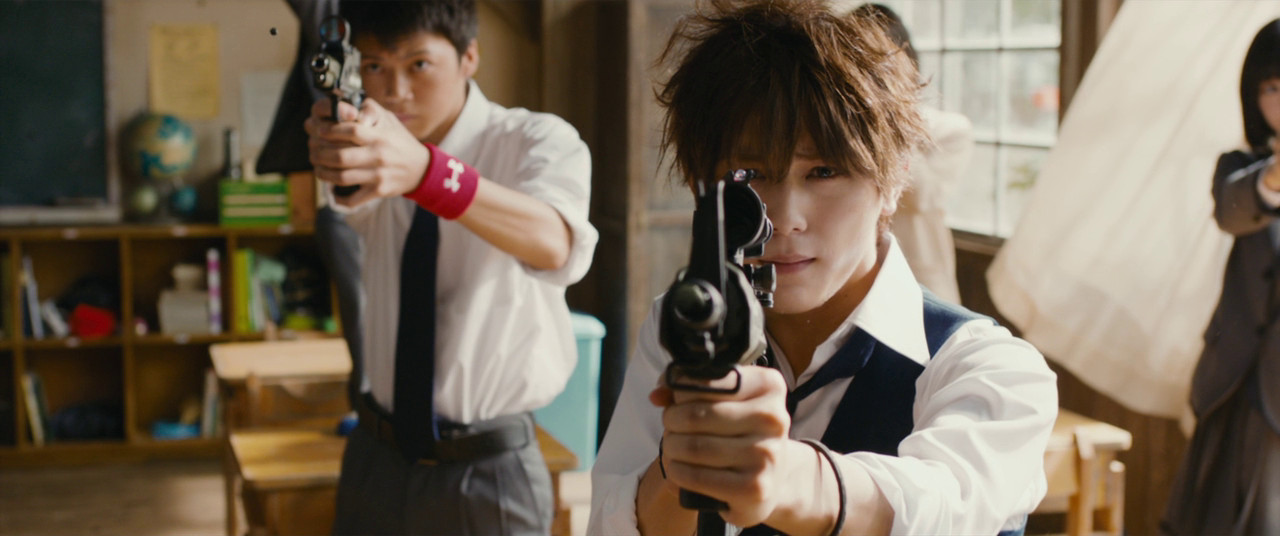
Based on the homonymous manga by Yusei Matsui, this film entails a truly preposterous concept.
A yellow creature, with a the body of an octopus and a smiley face as his head, destroys a large portion of the moon and threatens to do the same with Earth. However, it gives humanity a chance to assassinate him before he does so, while he becomes the teacher of the worst class at a prestigious school. Subsequently, the government tasks the respective students with his elimination.
Eiichiro Hasumi managed to incorporate all the absurd characters and notions of the original, drawing as much as he could from the magnificent special effects. In that fashion, the film includes the killer robot that also becomes a student, the extremely sultry female teacher, not to mention the notion of the creature being a great educator who actually gives advice to the students on how to kill it.
8. Helter Skelter (Mika Ninagawa, 2012)
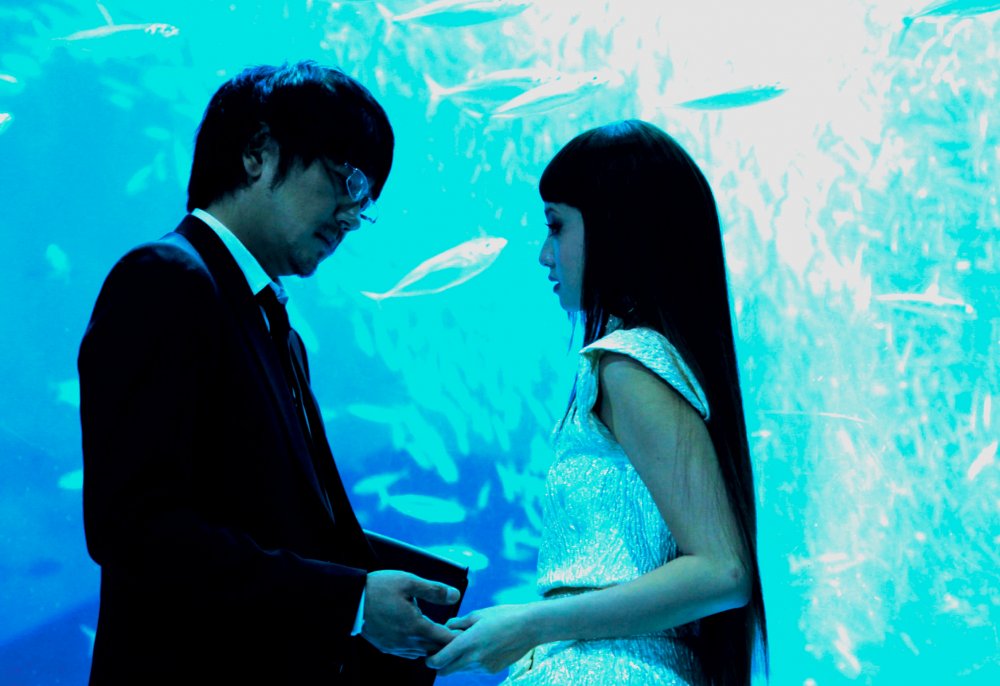
Based on the homonymous manga by Kyoko Okazaki, “Helter Skelter” tells the story of Lilico, the top Japanese female idol. Lilico is walking perfection, kind, funny, and generally socially unblemished. She is a woman that every teenage girl wants to be like and every man wants to conquer. However, underneath that flawless facade lurk a plethora of secrets and discrepancies.
Lilico is actually an insecure, shallow, malicious and overall sad individual who permanently obeys the commands of her corrupt and emotionless manager, Hiroko Tada, and is totally dependent upon her assistant, Michiko Hada. The latter actually arranges everything in her daily life, from her schedule to what she is going to eat, and truly adores Lilico, no matter how harsh she treats her.
Her personal life is also a mess, having no time for a permanent relationship, thus resulting in sporadic sex acts with a man she hopes to eventually have a normal relationship with.
As the script progresses, Lilico’s demise becomes more and more evident. The plethora of cosmetic surgeries she undertook result in awful black spots that require even more operations to remove; a new top idol prospect appears, threatening her status; some well-hidden family secrets are revealed; and her relationship takes a turn for the worse. What does she do to cope? She unleashes her full malicious spectrum on her assistant, torturing her in every way possible.
Director Mika Ninagawa presents us with another visual object of virtue, six years after her last movie, “Sakuran”. Chiefly a photographer, Ninagawa gives great attention to the cinematography, costumes, and the overall design of the movie, bathing it in vivid colors and extreme images. “Helter Skelter”, however, is so much more than an optical extravaganza.
The script focuses on the concept of stardom and to what extremes the constant hunt for vogue can lead. The message regarding contemporary Japanese society is evident; every value has been commercialized, and beauty and appearances are everything, to the point of being grotesque. Stardom is like a cancer and the people after it are bound to sink deeply at the end, after their time in front of the lens has inevitably passed.
7. Bunny Drop (Sabu, 2011)
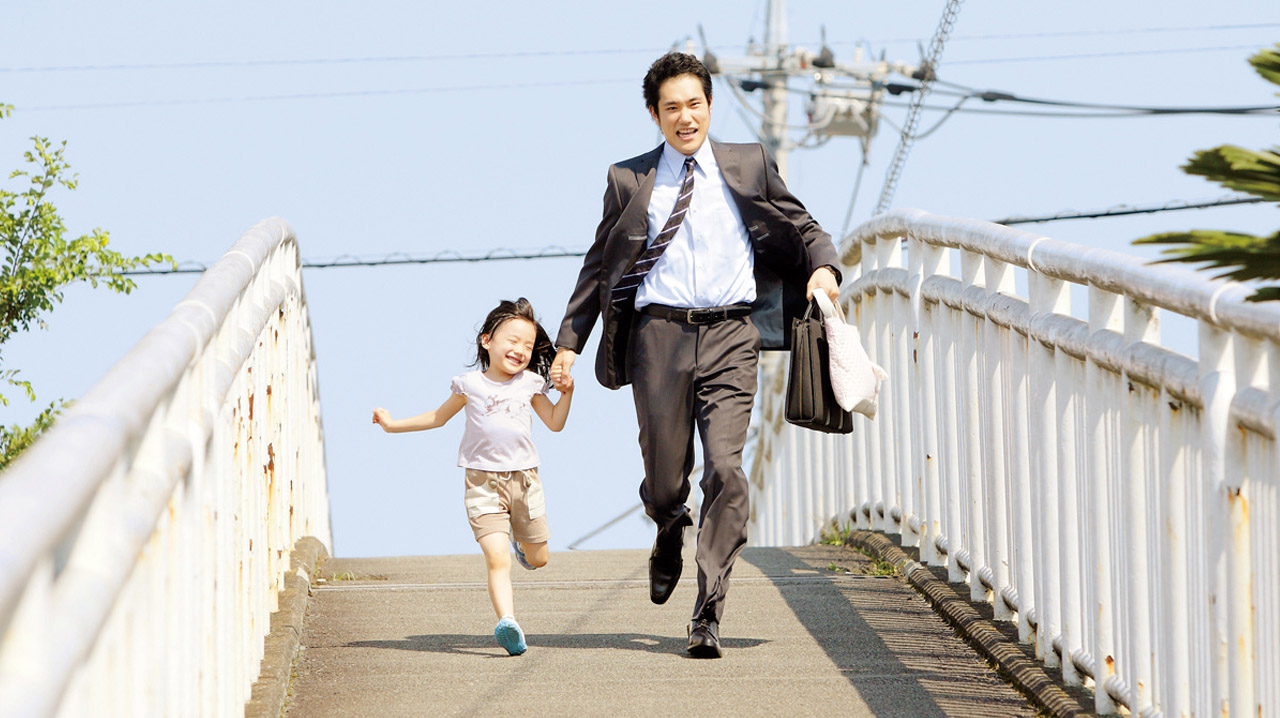
The film is based on the homonymous manga by Yumi Unita.
Daikichi Kawachi is 27 years old, single and a successful businessperson, but he isn’t very rich. At one point, he returns to his family’s home, which he hadn’t visited for some time, to attend his grandfather’s funeral. Once there, he discovers with amazement that a new member has been added to the family: the 6-year-old Rin Kaga, the illegitimate daughter of his deceased grandfather, from a woman tended to him over the last few years.
Her mother has abandoned her and the rest of the family is determined to give her up for an adoption. In a moment of thoughtless enthusiasm, Daikichi decides to adopt the little girl, a decision that immediately makes him face the hardships of single parenthood.
Sabu depicted his characters in astonishing fashion, particularly the two main ones, retaining the realism on both their choices and general attitude, despite the fact that the story, as usual, moves on the foothills of surrealism.
The same applies to the depiction of everyday life in the Japanese metropolis, including the circumstances and difficulties of working and raising a child as a single parent.
“Bunny Drop” is a great mixture of drama and comedy, which benefits the most from its protagonists and particularly Mana Ashida, who steals the show as Rin.
6. Parasyte (Takeshi Yamazaki, 2014)
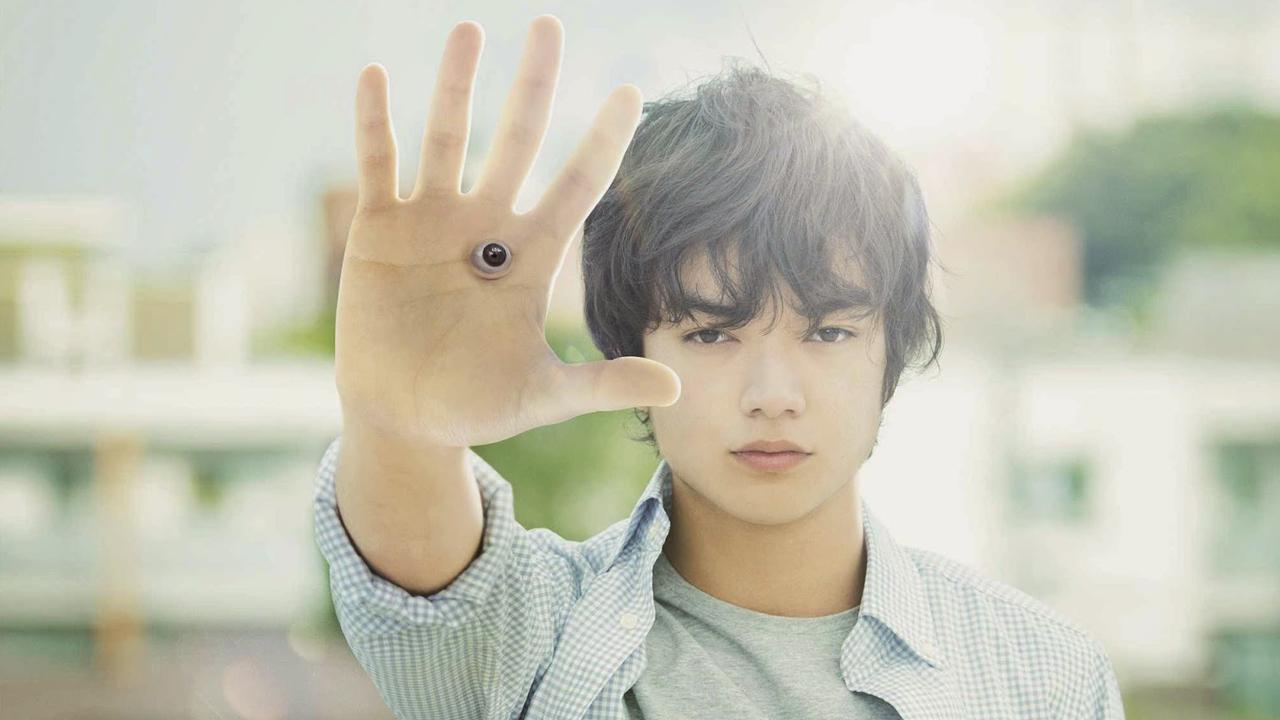
Based on the homonymous manga by Hitoshi Iwaaki, this adaptation followed another recent trend, screening in two parts.
A number of alien parasites enter the Earth and proceed to enter the brains of human hosts, taking total control of them. However, one of them fails to enter its respective targets’ brain and eventually ends up in the hand of a high school student named Shinichi Izumi.
Izumi, as soon as he overcomes his initial shock, adapts to the idea of a symbiosis with an alien organism, since Migi, as he names it, gives him the ability to confront the other parasites that come after them, at least when they are not feeding from other humans.
In the second segment, and particularly due to a number of dramatic incidents that occurred in Izumi’s life, he has transformed from a fearful high school boy to a determined vigilante.
Yamazaki managed to accurately portray the combination of slapstick and grotesque aesthetics from the original medium, with the help of the impressive but minimalistic special effects that find their apogee in the scenes where the aliens devour humans, and their various battles.
The film also provides some existential questions, which revolve around the question “what makes one human?”, some romantic notions, and even a sex scene, in a rare practice for similar productions, although without depicting nudity.
5. Hot Road (Takahiro Miki, 2014)
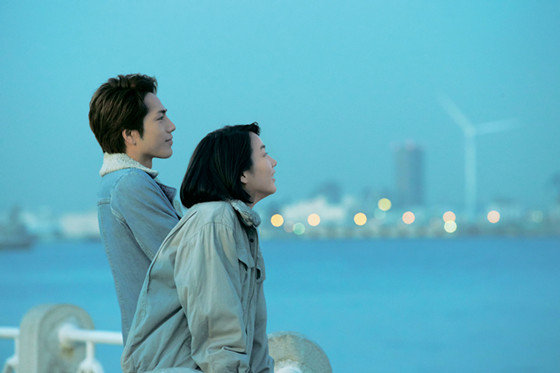
Based on a manga by Taku Tsumugi serialized in 1986 and 1987, “Hot Road” is an elaborate story about the sad, fierce, and yet beautiful love between two teenagers.
The 14-year-old Kazuki has family troubles, since her mother married her father by force, but retained her relationship with her true love, Suzuki, who is also married, throughout her marriage. Now that her husband is gone, she has devoted herself to him, neglecting Kazuki, who thinks her mother wants nothing to do with her.
This leads her to frequently get into trouble, including shoplifting. However, during one of her “adventures” with her friend Eri, she meets the 16-year-old Haruyama, the second in command of a motorcycle gang called Nights. The two of them embark on a passionate, romantic relationship that ends up in disillusionment about their lives.
Takahiro Miki directs a beautiful coming-of-age film about teenage love and delinquents that benefits the most from the protagonists’ performances (Rena Nounen as Kazuki and Hiroomi Tosaka as Hiroshi), although it has a definite female approach.
Another point of excellence is the magnificent cinematography, drawing from the seaside environment to portray astonishing shots of the city washed in every shade of white. The music also heightens the melancholy feeling that permeates the film.
4. 20th Century Boys trilogy (Yukihiko Tsutsumi, 2008-2009)
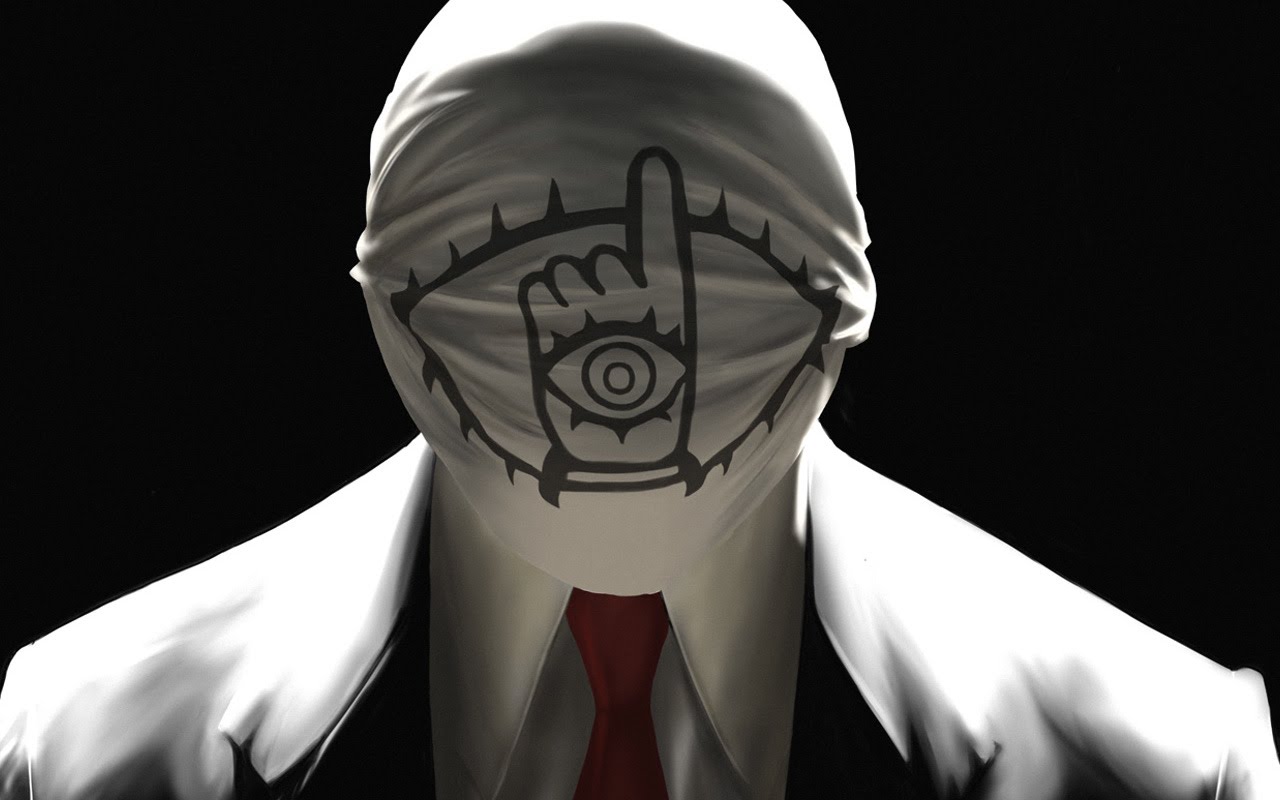
Based on the highly successful manga by Naoki Urasawa, and with a budget of more than 6 billion Yen and more than 300 actors involved, this trilogy is one of the earliest examples of the trend described in the prologue.
In 1969, four elementary school students named Kenji, Otcho, Yoshitsune and Maruo construct a hideout among the bushes to read manga and porn magazines and listen to music. Otcho draws a logo for the base and after a while, Donkey and Yukiji are added to the team.
The six of them decide to pursue Kenji’s idea and write a story where the world is threatened and they save it. They name the book “Book of Prophecies”.
Many years later, Kenji, currently a supermarket owner, is having a peaceful life while taking care of his niece, Kanna, and his mother. However, after a school reunion and the subsequent funeral of Donkey, he discovers the existence of a secret organization that might have something to do with his death.
The leader of this organization seems to be someone from Kenji’s past, nicknamed “Friend”, who seems to know a lot regarding the school gang and the Book of Prophecies. Along with Otcho and Yoshitsune, Kenji begins to investigate.
Yukihiko Tsutsumi directed a true masterpiece that benefits the most from the script, the wonderful performances of the entire cast, and the great production values, including the set design and cinematography that make clear in every scene that this is a big budget film. Add to that the humor, action and mystery and you have a film that satisfies every preference.
3. Rurouni Kenshin trilogy (Keishi Ohtomo 2012, 2014)
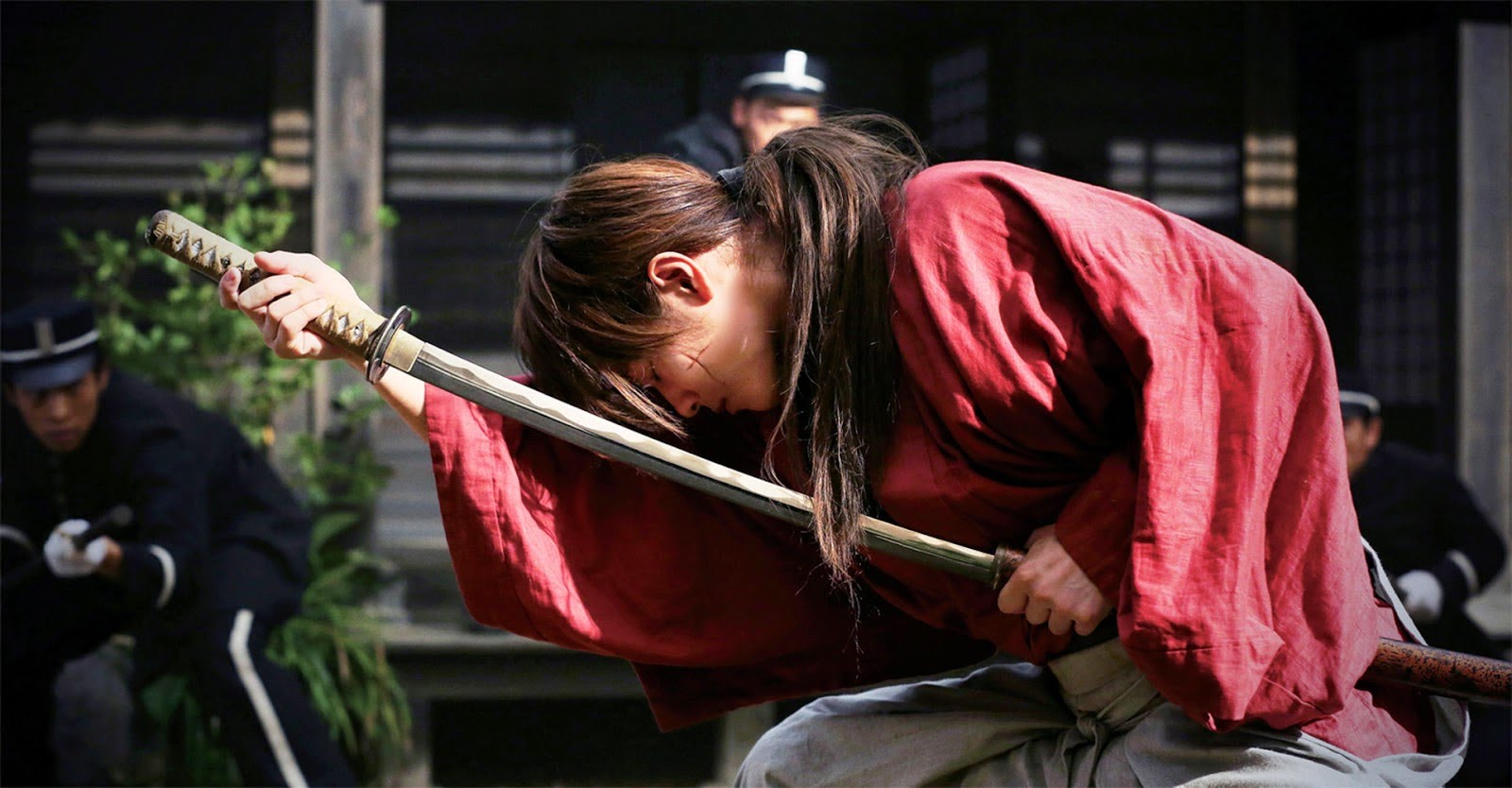
Based on the homonymous and extremely popular samurai-themed manga and anime, this live-action trilogy is the one that actually instigated the phenomenon of elaborate adaptations.
The films revolve around the adventures of Himura Kenshin, a ronin who has abolished his past as a government assassin. Along with his newfound comrades, he fights against Makoto Shishio and his gang, who want to overthrow the government and plunge Japan into chaos.
Keishi Ohtomo managed to retain almost every aspect of the Kyoto-arc of the original, including the characters, the romance, and the magnificent battles. Particularly in the first aspect, the depiction of the many heroes of the original is one of the film’s biggest assets, with Takeru Satoh being the Kenshin every fan of the franchise wanted to see.
With actors like Emi Takei, Tatsuya Fujiwara, Go Ayano and Teruyuki Kagawa, all of whom portray their characters elaborately, this trilogy is one of the definite masterpieces of this list.
2. Our Little Sister (Hirokazu Koreeda, 2015)
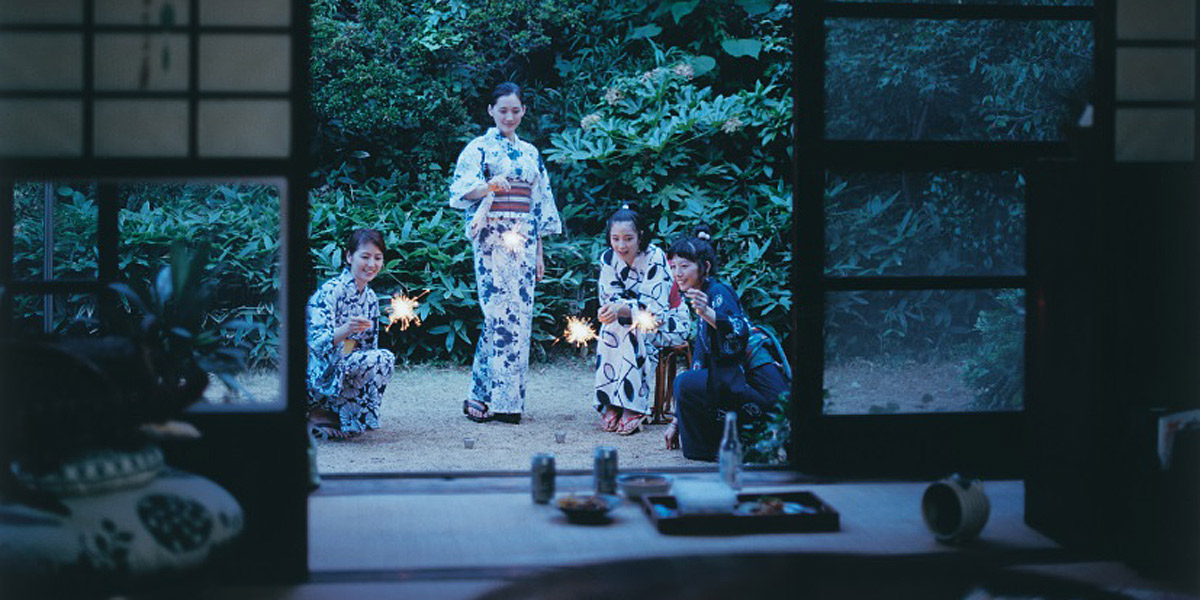
The film is based on the manga series “Umimachi Diary” by Akimi Yoshida.
Three sisters, Sachi, Yoshino and Chika, live in a large house in Kamakura. When their estranged father dies, they travel to the country to attend his funeral. While there, they meet their adolescent half-sister, Suzu. A bond quickly forms and the three sisters invite her to live with them in Kamakura. She accepts immediately and gladly and the sisters begin their life together.
Koreeda focuses on the very different characters of the four sisters and the interactions between them, portraying their everyday lives, feelings, thoughts, and all the little moments that define human nature.
Sachi has the role of the mother and boss of the trio. However, Yoshino, a white-collar bank worker, who is frequently drunk and has perpetual issues with men, often contests her position. Chika is a tomboy who works in a sports shop and is a football fan, and Suzu is similar to her, a tomboy who loves playing football.
Although initially the relationship between the four seems wonderful, as the film progresses we see each has her own problems. Sachi’s relationship with her mother is problematic and she also faces some troubles with the man with whom she has an affair. Yoshino does not seem to be able to find a decent boyfriend, and Suzu is reluctant to speak about her mother because she thinks the other hate her for stealing their father.
However, as is common in Koreeda’s films, these key issues are generally implied through a few words or expressions, rather than made obvious. For example, the fact that Sachi’s character is similar to her mother’s is highlighted by the way both of them caution the others to be careful not to slip when they are walking. The sole exception to this subtlety is Sachi’s relationship with her mother, with the dysfunction being quite eloquent.
1. Lone Wolf and Cub (Kenji Misumi, 1972)
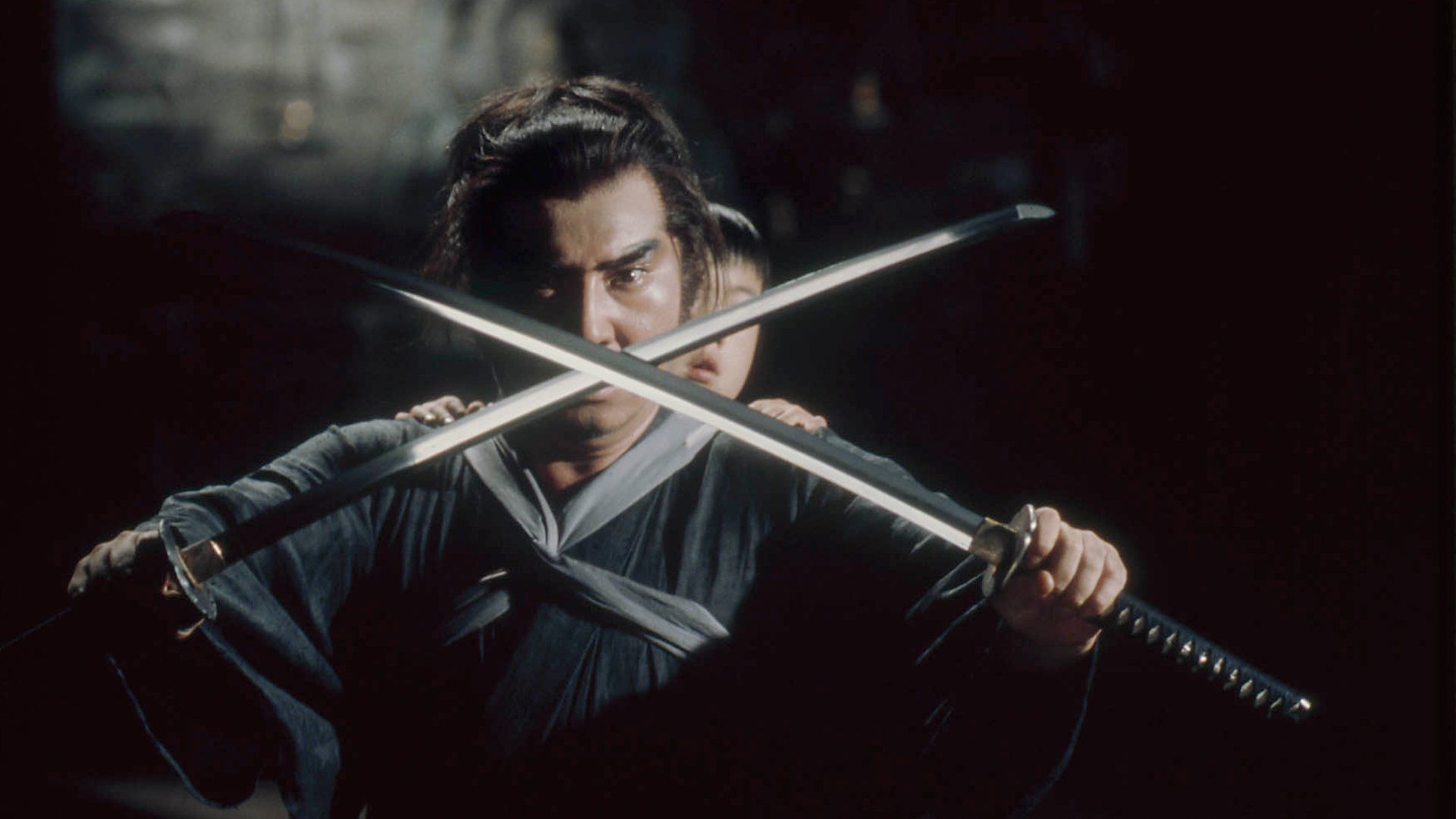
Based on the homonymous manga by Kazuo Koike and Goseki Kojima, “Lone Wolf and Cub” is probably the most renowned and most influential adaptation ever to appear onscreen, having spawned six films (the entry refers to the four Misumi directed), four plays, and two television series.
The story revolves around Ogami Itto, the Shogun’s executioner, who is framed and wrongfully accused by the Yagyu clan. Disgraced and frustrated, he leaves the palace along with his 3-year-old-son, Daigoro, as they both embark on a trip for revenge against their enemies.
“Lone Wolf and Cub” is a truly magnificent franchise that benefited the most from Tomisaburo Wakayama’s presence as the protagonist. Kenji Misumi retained the violent and dramatic nature of the original, entailing some of the greatest samurai battles ever to appear onscreen.
Scenes like the one when Itto leaves his son to choose between the ball and the sword, as well as the duel in the rain, have left a permanent mark on world cinema, with the title considered utterly cult.
Author Bio: Panos Kotzathanasis is a film critic who focuses on the cinema of East Asia. He enjoys films from all genres, although he is a big fan of exploitation. You can follow him on Facebook or Twitter.